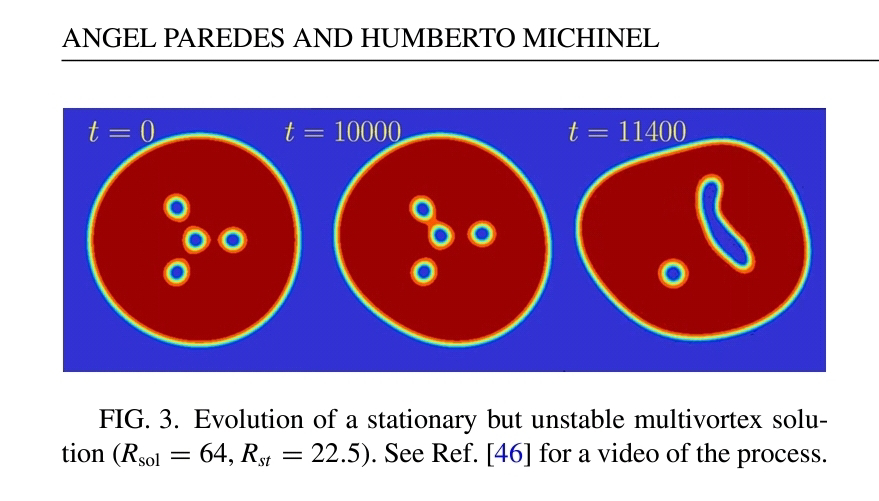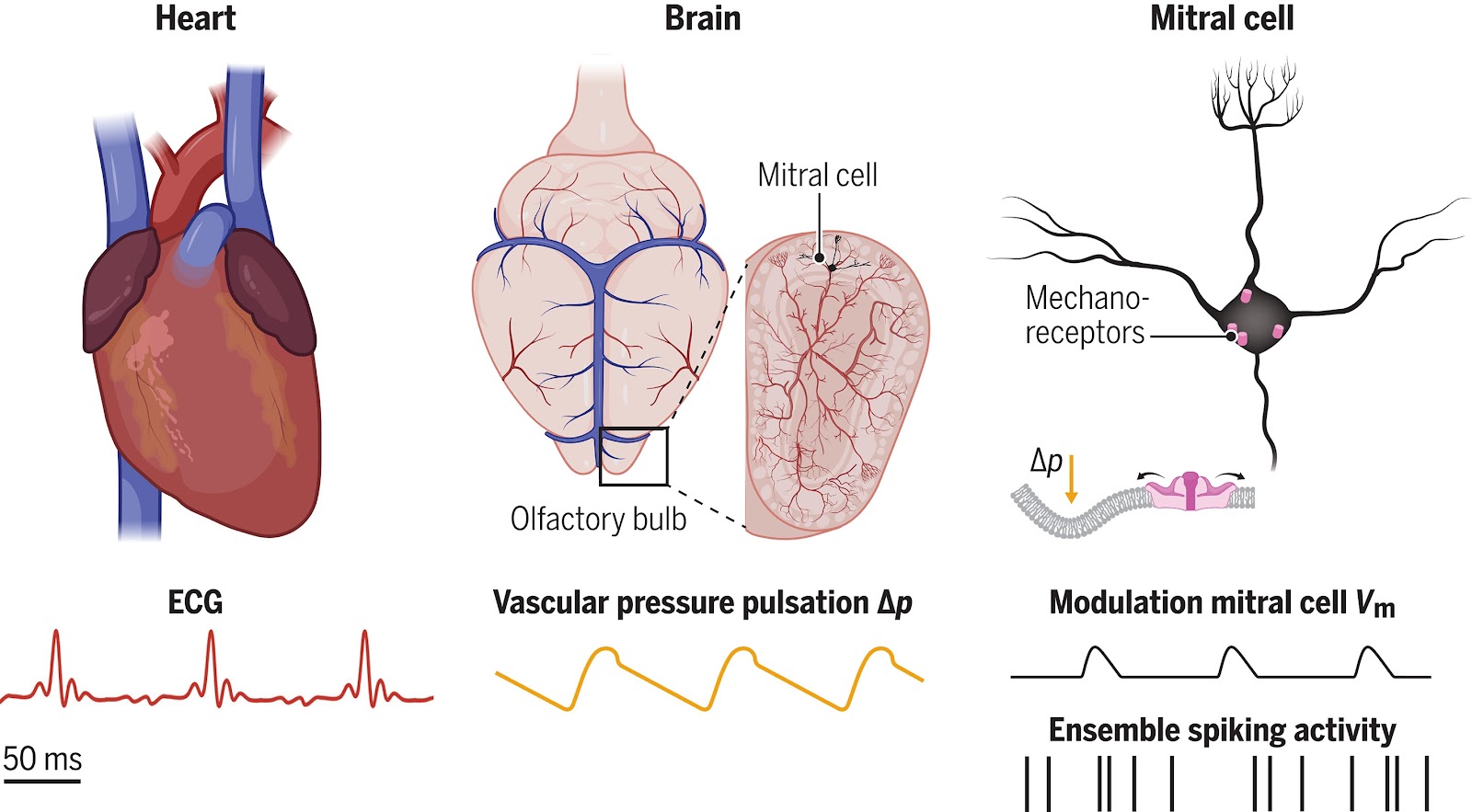<< Solitons are nonspreading wave packets that exist in a wide range of real-world systems, including water waves, sound, DNA, optics, and so on. >>
<< Two or more solitons can bind together to form a soliton molecule with dynamics similar to matter molecules, such as vibration, synthesis, and dissociation. >>
<< Formation processes for three types of soliton molecules were studied: ground-, excited-state, and a new one termed an intermittent-vibration soliton molecule. While it is generally believed that attractive interactions of solitons are responsible for the formation of soliton molecules, the authors found that soliton interactions are not limited to attractive interactions. Counterintuitively, even repulsive interactions can lead to the formation of soliton molecules, >>
John Wallace. Investigation with a femtosecond fiber laser finds new type of soliton ‘molecule’. Aug 01, 2018.
<< For closely‐separated bound solitons, soliton interactions display wide diversities in repeated measurements, including soliton attraction, repelling, collision, vibration, and annihilation. For well‐separated bound solitons, repulsive interactions dominate the soliton interactions. >>
Junsong Peng, Heping Zeng. Build‐Up of Dissipative Optical Soliton Molecules via Diverse Soliton Interactions. Laser & Photonics Reviews 2018, 12, 1800009.
https://onlinelibrary.wiley.com/doi/pdf/10.1002/lpor.201800009
Also "soliton" in:







